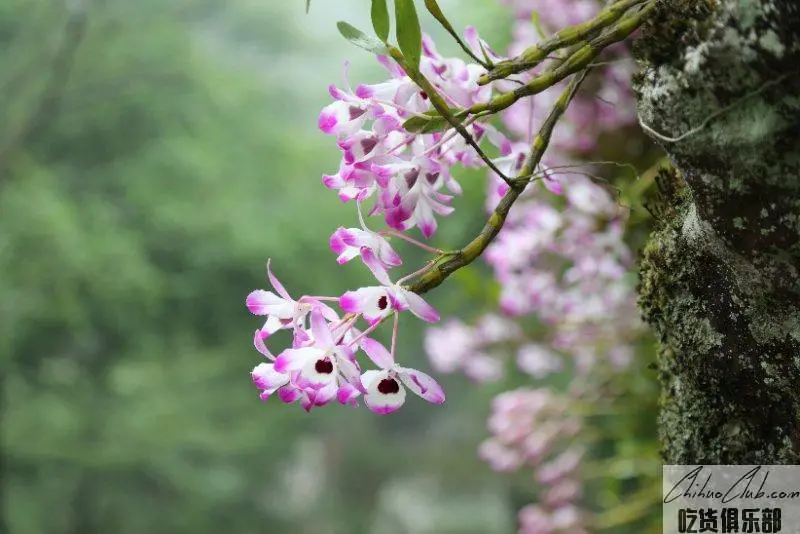
Chishui sarcophagus Dendrobium
-
Update date::
-
Date of protection::
-
Protected range:The scope of protection of geographical indication products of Chishui sarcophagus is based on the scope of the “Zhongfu Letter [2005] No. 33) of the Zunyi City People’s Government of Guizhou Province (the letter of Zunfu Letter [2005] No. 33), which is the province of Guizhou Province. There are 12 townships and towns in Chishui City, such as Wanglong, Long-term, Guandu, Changsha, Handan, Yuanhou, Datong, Fuxing, Bingan, Baiyun, Shibao and Lianghekou.
-
Related origin:guizhou chishuishi chishuishi-wanglongzhen chishuishi-changqizhen chishuishi-guanduzhen chishuishi-changshazhen chishuishi-hushizhen chishuishi-yuanhouzhen chishuishi-datongzhen chishuishi-fuxingzhen chishuishi-shibaoxiang chishuishi-baiyunxiang zunyishi chishuishi-tiantaizhen chishuishi-baoyuanxiang meitanxian-fuxingzhen meitanxian
-
Category:
Chishui Jinshishi is produced in Chishui City, Guizhou Province. It is a rare and endangered plant protected by China's national protection. It is also known as the “Nine Great Grasses”, such as Xuelian, Ginseng, and Cordyceps sinensis. It is called “medicine” by the international medicinal plants. The giant panda." Its stem is slightly flat, wide in the middle, narrow at both ends; the surface is golden yellow or greenish yellow, with luster, also known as hanging orchid in the folk. Its main medicinal ingredient is dendrilline, which has obvious therapeutic effects on diseases such as cardiovascular and cerebrovascular, digestive system, respiratory system and ophthalmology. Chishui Dendrobium is not only of medicinal value, but also of great ornamental value. It is one of the rare orchid varieties.
Technical requirements for quality of Chishui sarcophagus (1). Gold sarcophagus. (2) Site conditions. Wild or imitation of wild environment, 230 to 800 meters above sea level, pH 6.5 to 7.2, organic matter content 1% to 2%. (3) Cultivation techniques. 1. Seed collection and seedling selection: In the end of November each year, mature Dendrobium candidum is collected at the place of production, and tissue culture seedlings are used to produce tissue culture seedlings. Seedlings for production are selected to be free of pests and diseases, and robust wild seedlings or tissue culture seedlings. 2. Planting time: The cultivation time in spring is from late February to early April; the cultivation time in autumn is from late September to mid-November. 3. Field management: (1) Water and fertilizer management: 1650kg/667m2 (mu) of decomposed farmyard manure, 50kg/667m2 (mu) of special fertilizer for stone scorpion, 400 times solution of sapphire nutrient solution; watering to keep the substrate dry, keep The substrate is wetted to a degree. (2) Weeding: Remove the weeds around the rhizosphere at any time. However, it is not advisable to weed in the hot season, and the weeds should not be damaged. (4) Harvesting and processing. 1. Harvest: Every year in late November. The main harvesting leaves begin to turn yellow and detached leaves over two years of stems. The harvesting method is to cut the old plants from the base of the stem with scissors, leaving the tender plants to continue to grow, and then harvest them in the coming year. 2. Processing: Fresh products: harvesting → removing roots and leaves → storage. Dry product: harvesting → removing roots and leaves → soaking → 揉搓 → removing membranous → drying → baking (7 to 80% dry) → sweating (turning golden) → baking again (all dry). (5) Quality characteristics. 1. Sensory features: (1) Fresh products: rhizome round head, slightly inflated; stem lower cylindrical, centrally flattened, apex apex; sometimes slender, nearly cylindrical or inconspicuous squash Leaf sheath gray-white, membranous; racemose, flowers 1 to 4, white with auburn; color from light gray green, green to greenish yellow. (2) Dry product: many small curved strips or curved strips, no roots, no leaf sheath; longitudinal ribs and shrinkage; yellow color. 2. Physical and chemical indicators: alkaloid content of 0.38% to 0.58%, polysaccharide content of 1.50% to 2.50%.
Apply to:
Producers within the scope of protection of geographical indication products of Chishui Jinshishi can submit an application to the Guizhou Entry-Exit Inspection and Quarantine Bureau for the use of the \"Special Mark for Geographical Indication Products\", which is approved by the General Administration of Quality Supervision, Inspection and Quarantine.